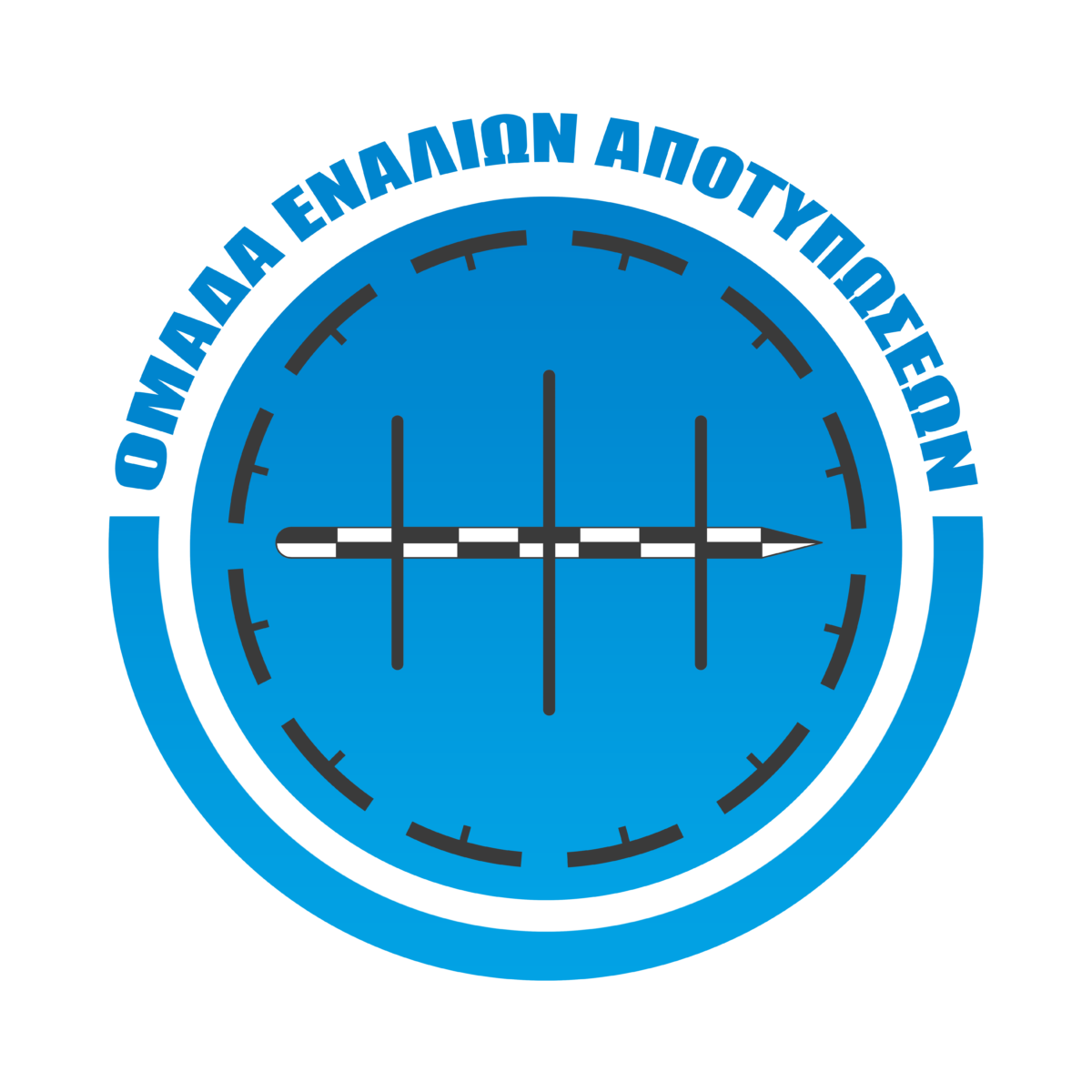In the spring of 1960, the freighter ALEXANDROS struck the southern coast of Cape Poseidi, also known as the Kassandra headland, due to poor visibility. It had started plying the Greek seas at the beginning of the century, not very far from where it came to grief. But having survived both World Wars and even the process of scrapping, 91 years of seafaring were finally to come to an end. Interestingly, the ship and the nearby lighthouse which signals the entrance to the Thermaikos Gulf were built around the same time.
In April 1869, at the Laird Brothers Shipyards in Birkenhead, the steam-powered yacht KATHLEEN was built for Fitzwilliams, 6th Earl of Downshire
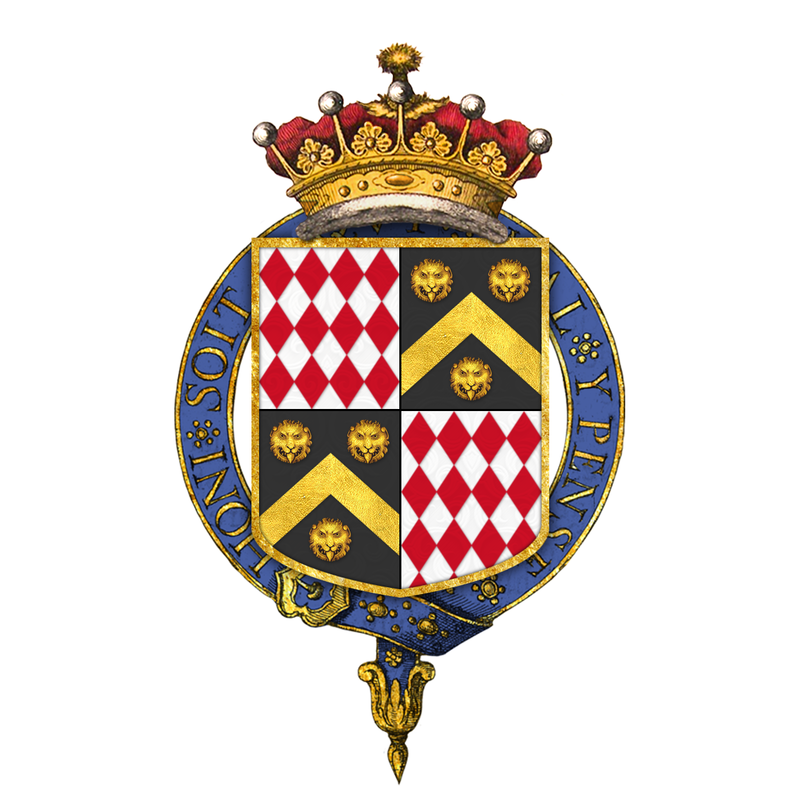
The Fitzwilliam Coat of Arms (Source: en.wikipedia.org)
In the British Honors System, the title of Earl, the equivalent of a European Count, refers to aristocrats who have been granted large tracts of land by the Monarch of England.
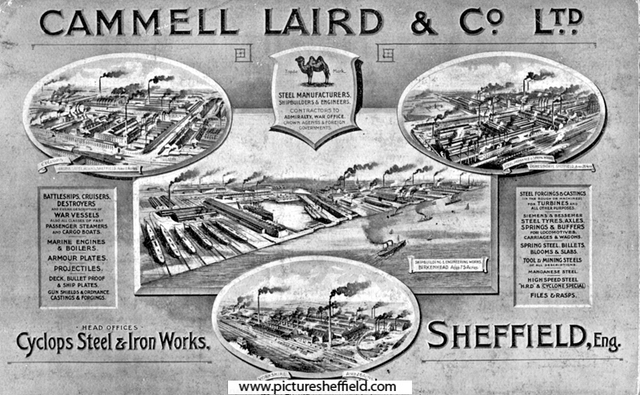
Source: www.picturesheffield.com
The Laird Brothers started their business as boiler makers, but they quickly realized that the construction techniques involved could be applied to shipbuilding. Their steel working and shaping know-how soon made them one of the world’s leading shipbuilders. One of their innovations was the introduction of lateral beams in ship structures. This bolt-on construction helps in the structural rigidity of the ship as well as in the waterproofing of each compartment in case of water inflow.
In 1868 R.R. Bevis, a member of the shipyard board, patented the variable pitch propeller.
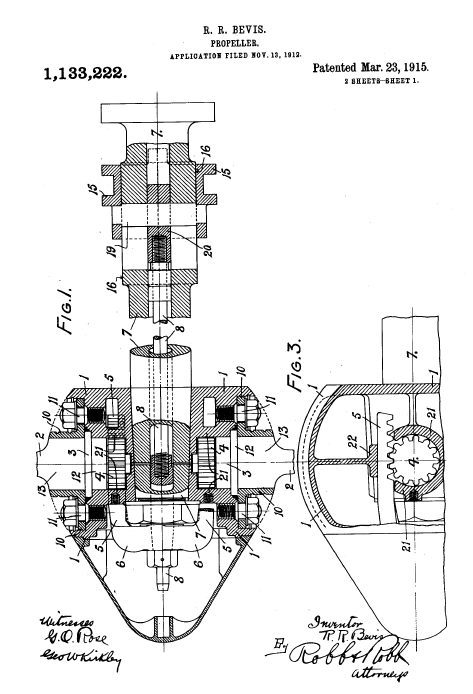
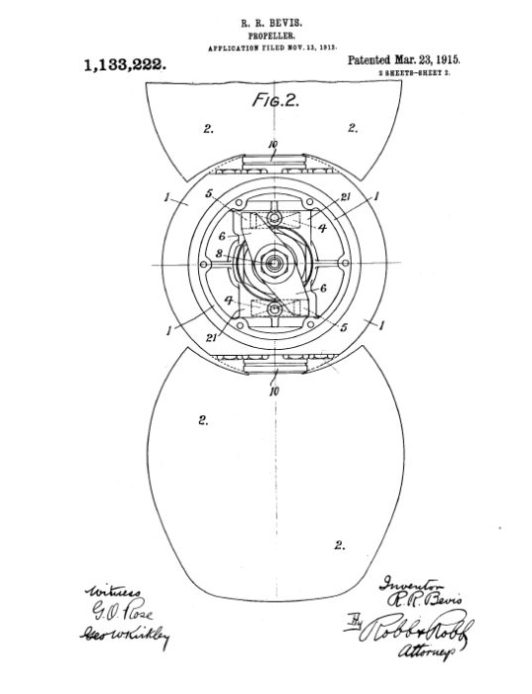
The patent by R.R. Bevis (Source: patents.google.com)
This device was first installed on KATHLEEN and allows sailboats, when under sail, to spin the propeller, which, when not rotated by the engine, otherwise creates drag resulting in speed reduction. Moreover, when the steamer moves under sail and the engine, it allows the propeller angle to be optimal, so that the maximum speed can be achieved.
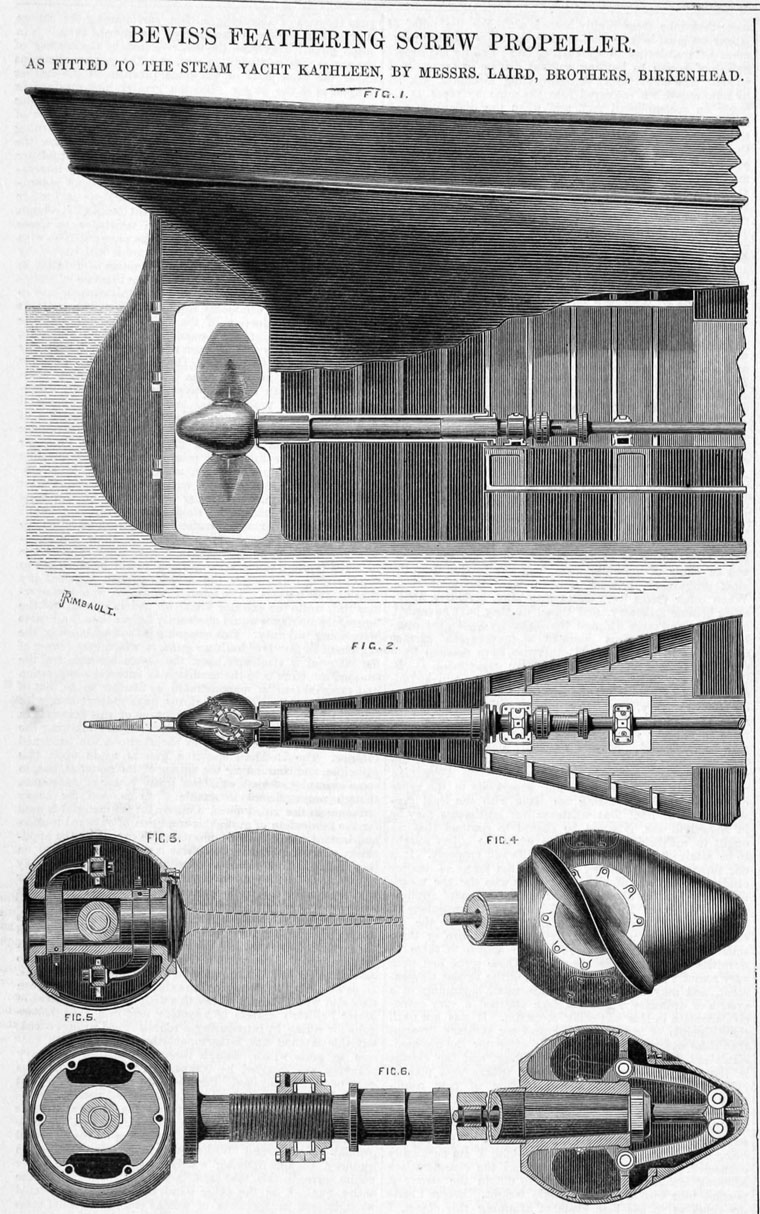
Photo with patent note as installed on KATLEEN (Source: www.gracesguide.co.uk)
KATHLEEN was part of the Royal Yacht Squadron fleet, the world’s largest sailing group, in which Fitzwilliams was a member until 1902, the year he died.

‘Otago Witness’ New Zealand article on Kathleen and patent innovation (Source: paperspast.natlib.govt.nz)
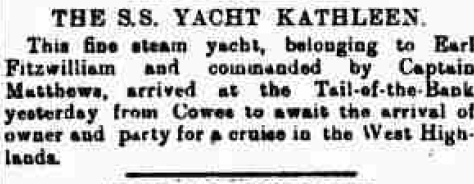
Kathleen in Scotland. (Source: The Greenock Telegraph and Clyde shipping Gazete 23/8/1898)

Excerpt from the book “From the Romans to the Railways: Excerpt from the book “From the Romans to the Railways: The Fate of Antiquities in Asia Minor”, in which Fitzwilliams is mentioned as a Marquis of Downshire during his visit to Smyrna.
Following the death of the 6th Earl Fitzwilliams, KATHLEEN is inherited by the 7th Earl Fitzwilliams in 1902. It is elected to the Royal Yacht Club the same year and retained in the fleet until 1910.
In 1911, KATHLEEN was purchased by HD Mann-Thomson, who used it as a yacht in the various clubs he was a member of until his death in 1917. From 1917 to 1919, during World War I, KATHLEEN is “borrowed” by Thomson’s son in the English Navy for war purposes and used initially as accommodation and later as a tug boat.
In November 1919, KATHLEEN was acquired by Eleftherios Veliotis and G. Zarifis. ‘Veliotis Steamship’ now had three vessels in their fleet; MARIA VELIOTI, PANAGIS and the newly acquired boat, which they renamed IOANNA. The ship (with 187 gross tonnage) was registered in Piraeus (serial number 381) and, after the necessary conversions, was launched on the Piraeus-Patra-Zakynthos-Kefalonia route. In the same year, IOANNA was transferred to the Argosaronikos route, connecting Piraeus with the islands of the Saronic Gulf and the ports of the Gulf of Argolis, namely Ermioni, Nafplio, Astros and Leonidio.
The ships that sailed at that time were usually remodeled sailboats (of noblemen or wealthy previous owners), as well as overaged passenger vessels. Competition between the many family-owned companies led to unfavourable price wars, with incomes not being sufficient for proper boat maintenance. Many companies went bankrupt and there were frequent reports of unseaworthy craft. IOANNA was established for almost two decades on the Argosaronic route and was loved by travellers. It seems that its owners did not stop investing in the boat and passengers preferred it. In 1925, IOANNA was sold to Georgios Tripos, a resident of Megara, and two years later, the largest share of the vessel’s ownership was acquired by John Tripos.
The financial crisis at the end of the 1920s aggravated the situation. In 1928, it prompted some companies to merge their fleets into the “Greek Ferry Company” in order to cope with the difficulties and improve the business situation. The Tripou family did not participate in the project and continued its activity independently.

Two popular Saronic Gulf passenger ferries: IOANNA (left) and HYDRA (right)
In 1931, the Merchant Navy decided to renew the aging ferry fleet by setting a fifty year old age limit on vessels. Even some twenty year old boats were withdrawn from service and decommissioned as part of the program. Being 62 years old, the IOANNA was scheduled for retirement on January 1, 1932. Decommissioned ships arrived at the Passenger Fleet Clearing Fund (T.E.E.S.) in preparation for scrapping. This process proved to be time-consuming and many of the ships remained at Salamis Ambelakia for a number of years. IOANNA was awarded to D & NN Stavrianos in 1934 on condition that it would be dismantled in Greece and the resulting products were “also manufactured in Greece.” However, for some unknown reason, the demolition work proceeded slowly or stopped. Undoubtedly, the superstructure and decks were removed as these were made of timber and sold to carpenters. The engines were also probably removed for their metal. So when the Second World War broke out, only the ship’s hull was left. The vessel was deleted from the Piraeus Register in January 1940 on the grounds that it was “completely destroyed.” Despite Nazi Germany’s need for raw materials, the hull remained intact during the occupation. In 1945, it was acquired by I. Venetsianos, renamed ALEXANDROS and converted into a barge which was registered in the Piraeus Barge Registry under the serial number 1653.
After the October 1944 liberation, the country faced a severe problem concerning the transportation of goods. The ferry fleet had been completely destroyed during the war, and the ferry owners did not have the necessary foreign exchange to acquire the few available boats they could find overseas. So, they resorted to repairing whatever they could. Some war wrecks were refloated, decommissioned warships were turned into merchants, barges were rebuilt into (diesel powered) motorships and so on. In this context, the former IOANNA acquired a new lease on life. In 1947, it was sold to A. Dimoulea & Co and transferred to a shipyard in the area, where it was transformed into a coastal trader. A diesel-engine was installed, cargo-holders were formed and a small superstructure was placed above the engine room. The vessel was transported to Piraeus Class B Registry No. 1007 and measured at 231 gross tonnage, measuring 46.95 x 6.5 meters.
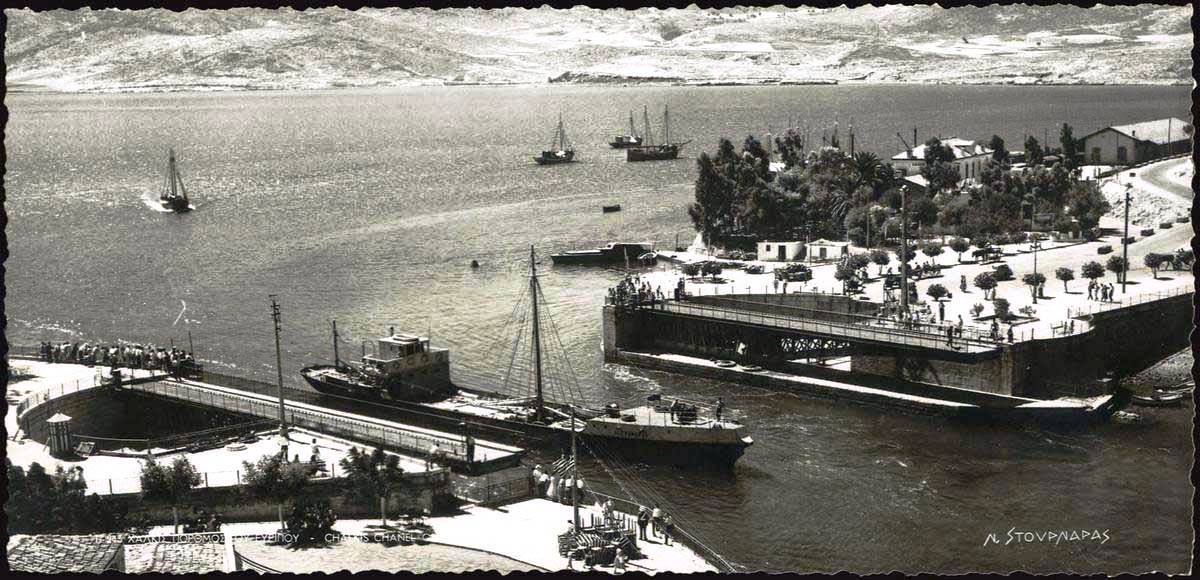
Postcard of coastal trader ALEXANDROS at Euripos
ALEXANDROS continued to sail until May 1960, 91 years after his ship was built! According to the testimony of Captain Andreas Dimouleas at the Thessaloniki District Court, ALEXANDROS loaded 243 tonnes of wheat from Thessaloniki for Kymi, Evia. On the morning of May 1st, after rounding Cape Poseidi, the captain headed for a safe anchorage in Fourka Bay due to changing weather. The weather continued to deteriorate, so the captain turned the ship around and headed back to Cape Poseidi. However, it ran aground due to poor visibility. After unsuccessful attempts at self-detachment, the tug boat Loukas Matsas arrived to assist in the effort on the 2nd of May.
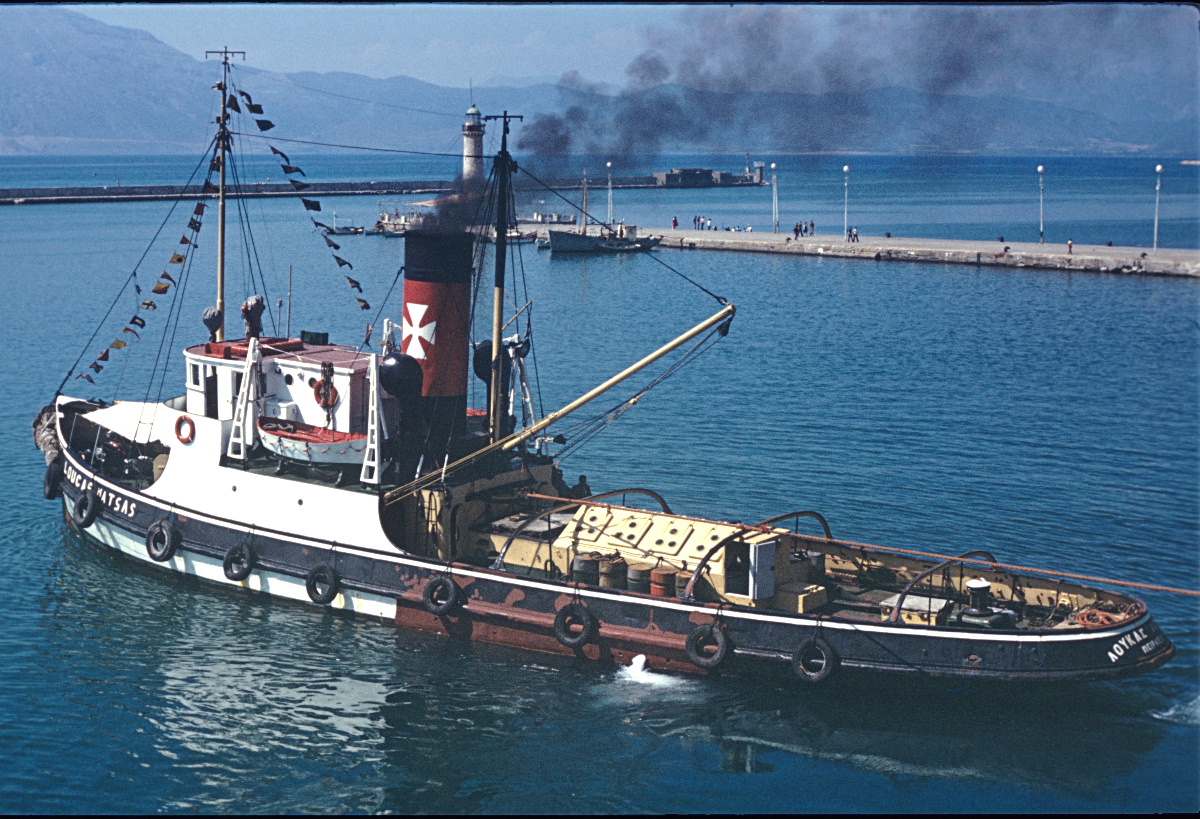
Tug boat LOUKAS MATSAS (Source: www.shipspotting.com)
In the following days, despite repeated attempts by the tug boats PROTEUS, SAINT GEORGIOS and LOUKAS MATSAS, as well as divers’ efforts to patch up the hull breaches, ALEXANDROS remained aground. On the 24th of May, rescue operations ceased and the vessel was considered a total loss.
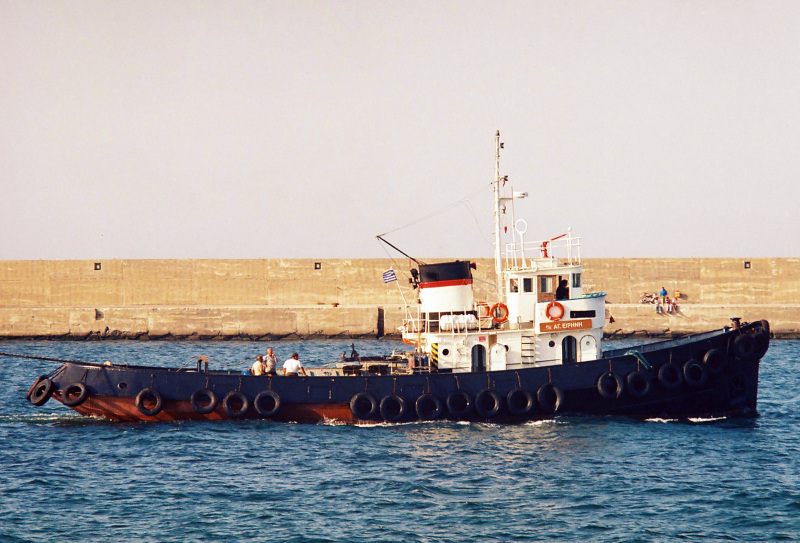
The PROTEUS, later called SAINT EIRINI (Source: www.shipspotting.com)
In the area where the shipwreck is located, very strong currents prevail. The resultant shifting sands occasionally reveal parts of the wreck’s stern.
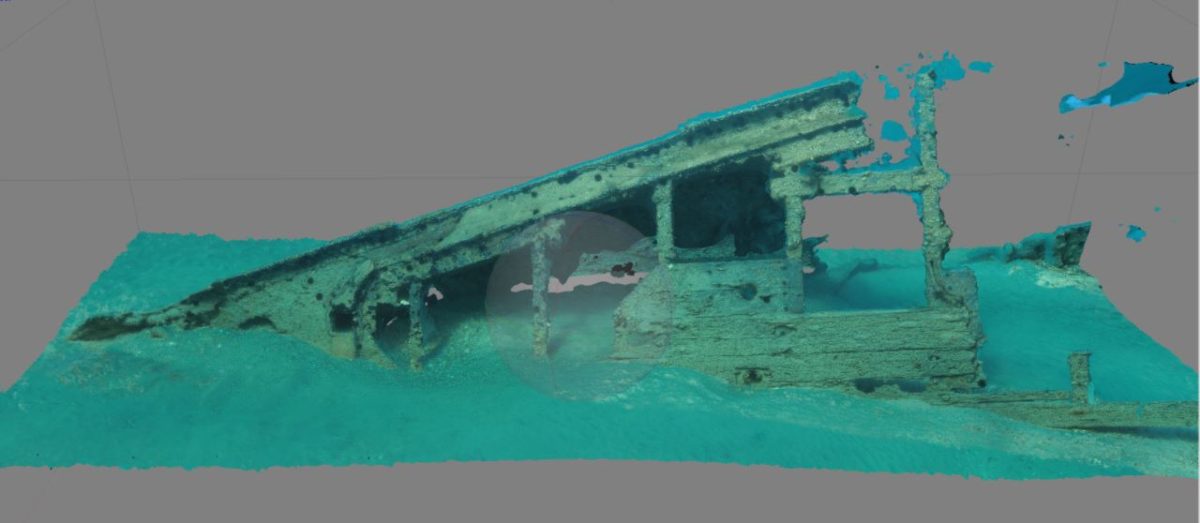
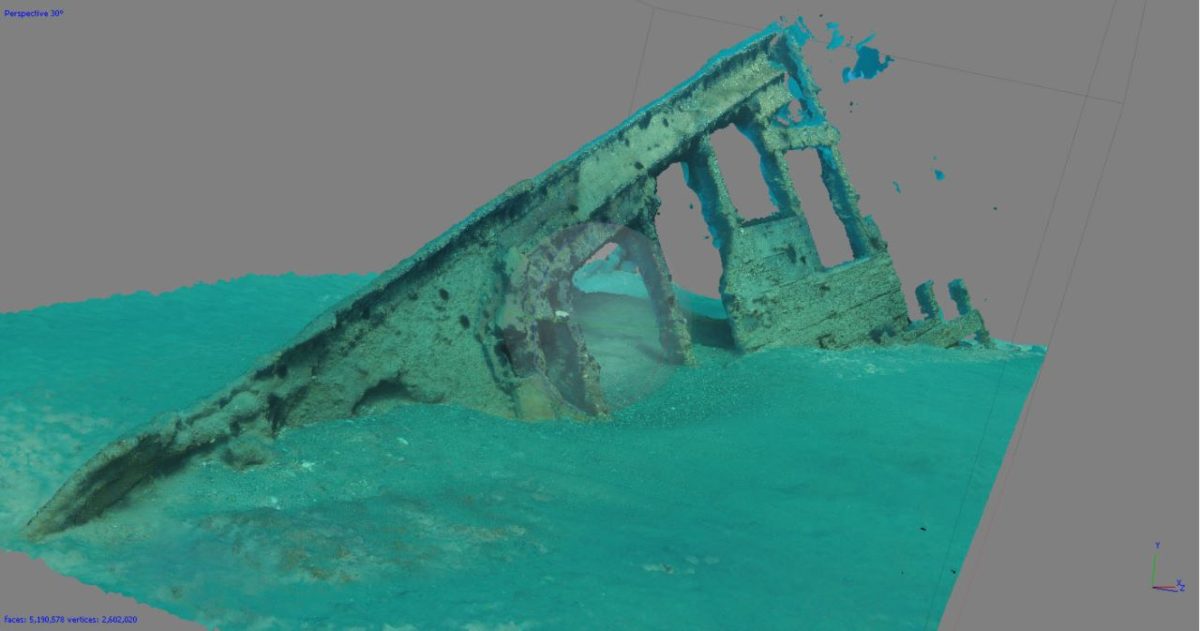
Three-dimensional photogrammetric images of the bow, which shows the characteristic tilt to the left of the ship after it was sunk (Source: Underwater Survey Team – UST)
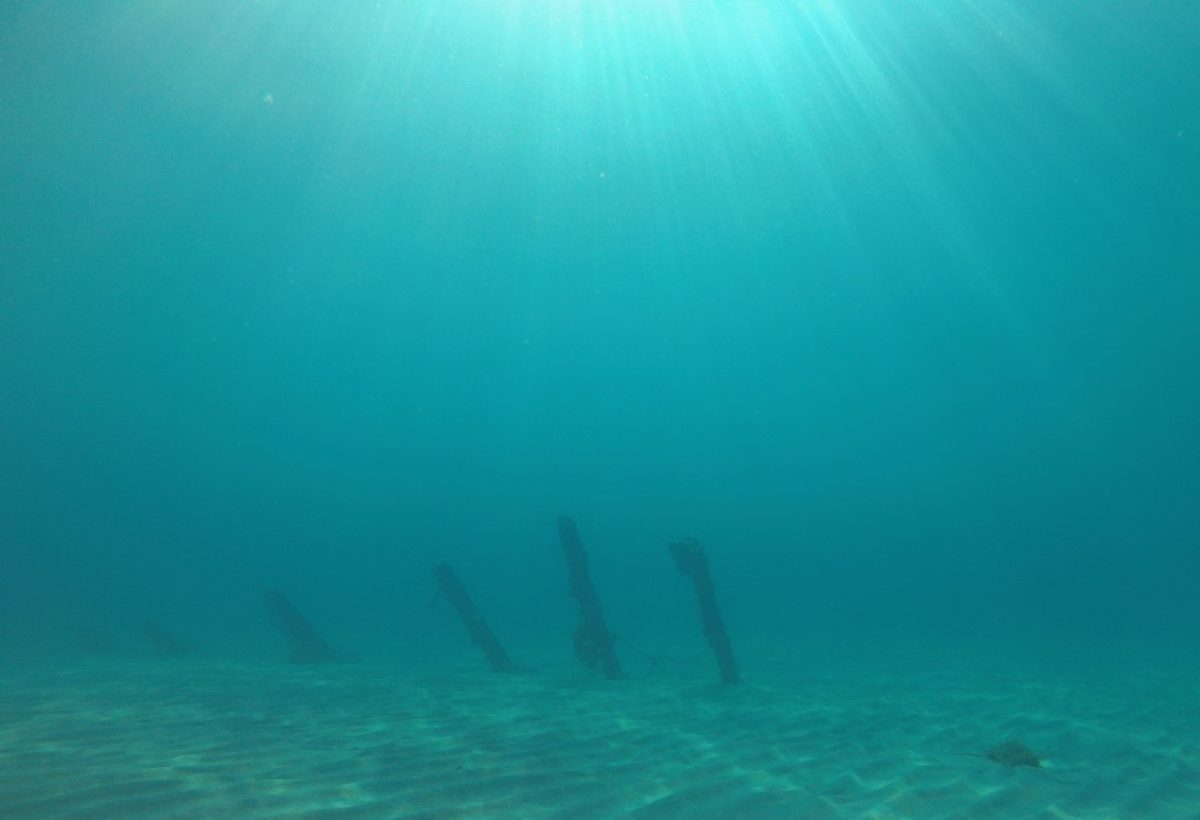
Photograph of ALEXANDROS (Source: Underwater Survey Team – UST)
About 20 tonnes of wheat from the ship were able to be unloaded, but the remaining cargo in sacks, to the great delight of locals who recovered much of the flotsam, was washed away, according to reports.
Today, the shipwreck lies 5 metres deep, and 100 meters offshore, 150 meters east on the southern side of Cape Poseidi. Shortly after the stern, on an imaginary ventral axis of the boat, the “sides” of the ship emerge from the sand.
[*] Ross J. Robertson is an Australian who has lived in Greece for the past thirty years. He has a BSc (Biology) and is an EFL teacher. He is the co-owner of two private English Language Schools and instructs students studying for Michigan and Cambridge University English Language examinations. He has written various English Language Teaching books for the Hellenic American Union (Greece), Longman-Pearson (UK) and Macmillan Education (UK). He published his debut novel (fiction/humour) entitled ‘Spiked! Read Responsibly’ in 2016. Moreover, he has written several spec screenplays and a number of newspaper articles, including an extensive series on the 75th anniversary of the WWII Liberation of Greece. A keen AOW and Nitrox diver, he is also a shipwreck and research enthusiast and has written features for UK Diver Magazine, US Diver and the Australian newspaper, Neos Kosmos. Ross continues to combine his expertise in English with his love of storytelling and local WWII history to produce exciting materials.
